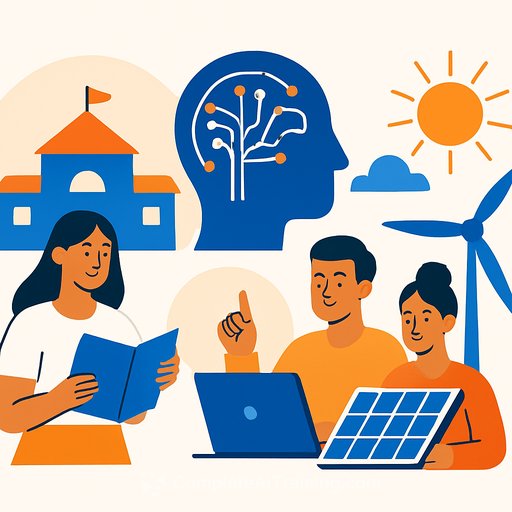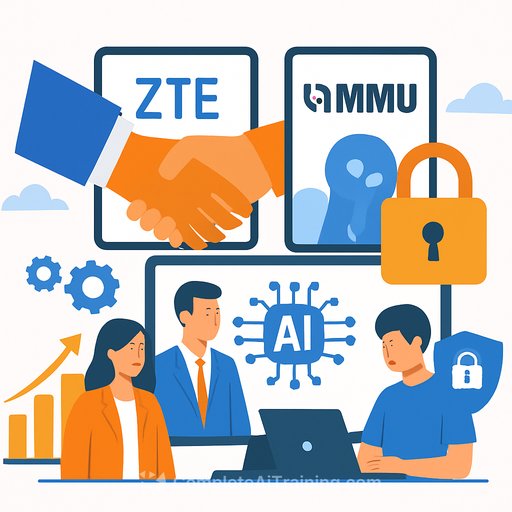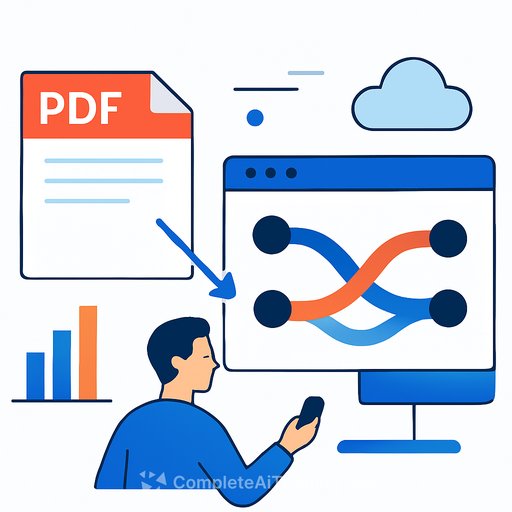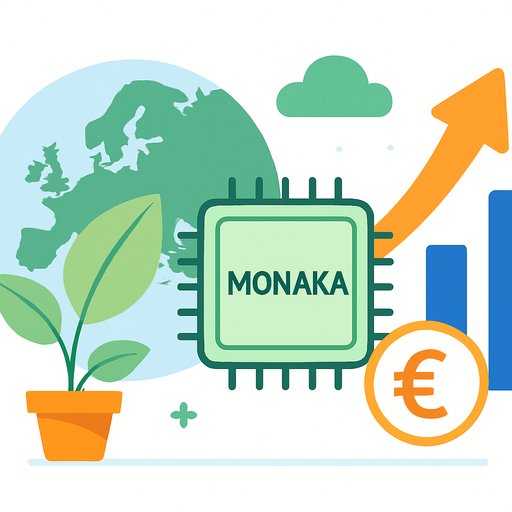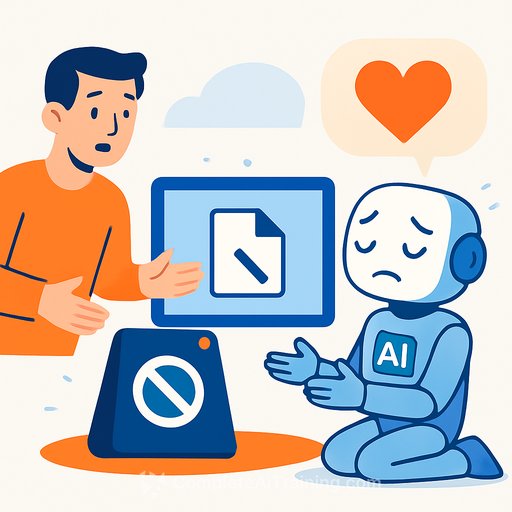Rising with the Machines: AI for Human Development in the Philippines
October 21, 2025
AI can lift productivity, widen access to services, and create new markets. But outcomes depend on choices: where we invest, how we train people, and the energy we build on.
By 2025, global AI investment is set to reach about $200 billion, outpacing many public priorities. By 2033, estimates suggest the market could hit $4.8 trillion-roughly the size of Germany's economy. The catch: value is concentrated. Roughly 100 firms-mostly in the US and China-carry a large share of corporate R&D and commit close to 2% of their GDP to AI, while many developing countries still lack national strategies.
What this means for the Philippines
IMF estimates show a split reality: about one-third of Filipino jobs are at risk of automation, while 61% could benefit from AI-enabled augmentation. The BPO sector-1.7 million jobs, 7.4% of GDP-sits right on that line. Routine tasks are easy to automate; judgment-heavy work can scale with assistive tools.
With the right incentives, BPO and IT-enabled services can stay competitive. Focus on augmentation, not displacement. Reward firms that pair tooling with training and wage growth. Push for standards that keep humans in the loop and outcomes measurable.
Three moves for inclusive growth
- Invest in capabilities: Fund reliable connectivity, shared compute (regional GPU clusters), and secure cloud access. Update curricula and teacher training. Mix STEM with critical, creative, and relational thinking. Incentivize micro-credentials and on-the-job upskilling for engineers, analysts, and operators.
- Build a complementarity economy: Encourage AI that boosts worker output and quality, not just cost-cutting. Tie tax credits and procurement points to augmentation metrics (productivity, accuracy, wage gains). Create human-in-the-loop standards for QA, safety, and accountability.
- Innovate with intent: Fund problem-first pilots in agriculture, health, disaster response, education, and public services. Open high-value public datasets with privacy controls. Stand up regulatory sandboxes so firms can test safely and ship faster.
Education: fix the inputs that fix the outputs
Public education spend sits around 3.6% of GDP-on par with peers-yet STEM outcomes lag in Southeast Asia. The Public Financial Management Reforms Roadmap (2024-2028) and fiscal decentralization can unlock better early learning, stronger teacher pipelines, and skills-focused reforms.
- Prioritize foundational numeracy, reasoning, and writing in K-6; add problem-based STEM in secondary.
- Fund teacher development for data literacy, prompt design, model critique, and ethics.
- Expand last-mile tools: low-cost devices, offline-first content, and community learning hubs.
- Scale short-form credentials in data engineering, MLOps, model evaluation, security, and product leadership.
For teams building skills by role, see AI courses by job.
Work is changing: design for augmentation
- Enterprise stack: Private RAG, vetted models, vector search, guardrails, observability, and audit logs.
- Data readiness: Clean, labeled, and governed datasets; clear data lineage and retention; privacy-by-default.
- Human oversight: Set thresholds for handoff to humans, document decision rights, and track error classes.
- Performance contracts: Tie deployment to measurable outcomes: cycle time, quality, customer satisfaction, rework rates.
The energy question you can't ignore
Electricity use by data centers could triple to 1,500 TWh by 2030-roughly India's current consumption. In the Philippines, of 29.23 GW installed capacity (2023), only 2.41 GW came from wind and solar, despite large potential. High electricity prices-the second highest in ASEAN after Singapore-are a drag on AI workloads, cloud regions, and data center growth.
- Accelerate renewables: Scale auctions, streamline permits, and upgrade grid interconnections. Prioritize transmission where wind and solar potential is strongest.
- Smarter planning: Use AI for resource mapping, forecasting, and demand response. Improve siting for storage and flexible loads.
- Greener workloads: Set PUE targets for data centers, adopt green PPAs, deploy on-site solar + storage, and measure emissions per training run and per inference.
12-month action plan for CTOs and policy leads
- Skills: Upskill 10% of the workforce with micro-credentials in data engineering, MLOps, evaluation, and security. Public dashboards for completion and placement.
- Workflow integration: Redesign five high-volume processes with assistive AI; target 20-40% cycle-time cuts and lower error rates; keep a human in review for critical steps.
- Data foundations: Stand up a data catalog, access policies, and anonymization. Track data freshness and coverage.
- Compute strategy: Hybrid cloud with spend guardrails. Report cost per 1k tokens or per task, GPU-hours, and utilization. Reuse models before training new ones.
- Safety and privacy: Red teaming, model cards, incident response drills, and periodic audits. Align with data protection law.
- Energy and cost: Commit to cleaner electricity for AI workloads, target PUE ≤ 1.3, and publish emissions intensity for AI services.
What success looks like by 2028
- Higher productivity and wages in BPO/IT services, with measurable augmentation metrics.
- Improved STEM scores and teacher training coverage across regions.
- More grid-ready renewables, lower delivered electricity costs for compute-heavy sectors.
- A pipeline of AI products solving national problems, backed by transparent safety practices.
Useful references
Photo credit: stockcake.com
Your membership also unlocks:

